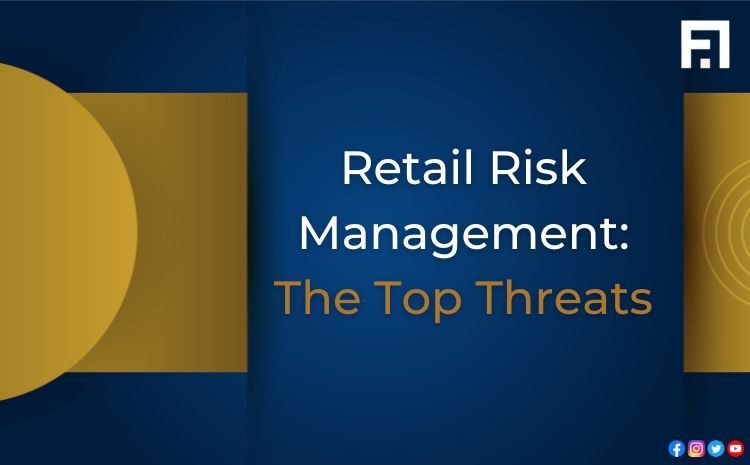
Retail Risk Management: The Top Threats
Retail Risk Management involves identifying and mitigating potential threats to a retail business.
Some of the Top Threats Include:
Fraud:
Retail businesses can also implement security cameras to monitor their stores and detect any suspicious activity. They can also conduct background checks on employees and vendors to ensure that they are not known for any fraudulent activity.
In addition, retailers can also use data analytics to identify patterns in transactions that may indicate fraud. This can include monitoring for large transactions, transactions that are out of the norm for a particular customer, or transactions that are taking place outside of normal business hours.
Data Breaches:
Another strategy to prevent data breaches is to use encryption to protect sensitive information, such as credit card numbers or personal customer information. This makes it much more difficult for hackers to access and use this information. Retailers can also invest in intrusion detection systems that monitor for unusual activity on their networks, and respond quickly to any potential threats.
Retailers should also invest in regular penetration testing and vulnerability assessments to identify any potential vulnerabilities in their systems.
Supply Chain Disruptions:
Retailers can also use technology to better track inventory and anticipate demand. This can include using automated systems to track inventory levels and monitor supplier performance. In addition, retailers can also implement a system for supplier risk management, which can help them to identify and mitigate the risks associated with any particular supplier.
Competition From E-Commerce:
To compete with online retailers, brick-and-mortar stores can also use technology to enhance their customer’s shopping experience. This can include using mobile apps to allow customers to shop online, using artificial intelligence to recommend products, or using virtual reality technology to create an immersive shopping experience. In addition, retailers can also use social media and other digital platforms to reach customers and build a loyal customer base.
Economic Downturns:
Retailers can also focus on building a strong brand and reputation during an economic downturn. This can include investing in marketing and advertising campaigns, as well as developing a strong online presence. Additionally, retailers can also look for new revenue streams, such as offering services or renting out space.
Natural Disaster:
It can also keep an inventory of sandbags, tarps, and other materials that can be used to protect its store and products in case of a natural disaster. They can also have a plan in place to quickly move inventory to a safer location in case of an emergency. In addition, retailers can also keep a list of emergency contacts, including local authorities, insurance providers, and suppliers, to quickly respond to any situation.
In conclusion, retail risk management involves identifying and mitigating potential threats to a retail business. Some of the top threats include fraud, data breaches, supply chain disruptions, competition from e-commerce, economic downturns, and natural disasters. To mitigate these risks, retailers can implement security measures such as chip-enabled credit card readers, fraud detection software, and regular background checks on employees and vendors.
They can also invest in cybersecurity software and data encryption to protect sensitive customer information. Additionally, retailers can diversify their suppliers, use inventory management systems, and leverage technology to enhance the in-store shopping experience. During economic downturns, retailers can focus on cost-cutting measures and targeting promotions and discounts to budget-conscious consumers.
They can also prepare for natural disasters by having a disaster recovery plan in place, such as an emergency response team, backup generators, and a communication plan for employees and customers, and also keeping insurance coverage for the same. Overall, retail risk management is an ongoing process that requires constant monitoring and adaptation to changing conditions.


